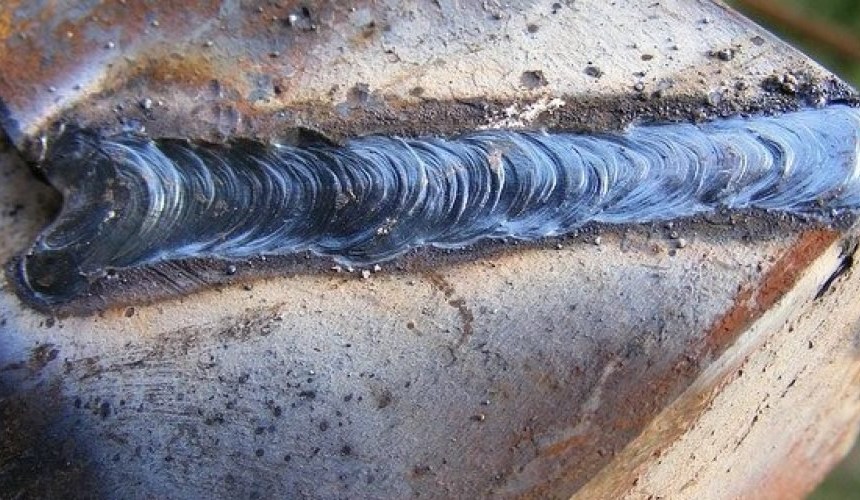Grasping the Art of Welding: Just How to Stay Clear Of Undercut Welding Issues for Flawless Construction Outcomes
By recognizing the origin causes of undercut welding and carrying out reliable strategies to stop it, welders can elevate their craft to new levels of excellence. In the quest of perfect construction outcomes, grasping the art of welding to prevent undercut concerns is not simply a skill yet a requirement for those aiming for excellence in their job.
Understanding Undercut Welding
To avoid undercut welding, welders must ensure appropriate welding specifications, such as readjusting the existing, voltage, traveling rate, and preserving the right electrode angle. By recognizing the reasons of undercut welding and applying preventative actions, welders can accomplish top notch, structurally audio welds.
Reasons For Undercut in Welding
Comprehending the aspects that add to damage in welding is crucial for welders to produce top quality, structurally audio welds. Undercutting occurs when the weld metal does not effectively load the groove developed between the base metal and the formerly transferred weld steel. Numerous elements can result in undercut in welding. One usual reason is extreme heat input. Welding at high temperatures for extended durations can lead to the base metal thawing greater than desired, leading to damage. Insufficient welding current or wrong welding speed can also add to undercut. Not enough current might not provide adequate heat to thaw the base and filler metals effectively, while too much rate can avoid correct combination, causing undercut. In addition, inappropriate electrode angles or inaccurate torch control techniques can develop areas of low weld steel deposition, promoting undercut. Understanding these causes and implementing appropriate welding techniques can aid stop damaging issues, ensuring solid and durable welds.
Techniques to Protect Against Undercutting

To minimize the risk of damaging in welding, welders can utilize calculated welding techniques intended at boosting the high quality and integrity of the weld joints. One effective method is to readjust the welding specifications, such as voltage, existing, and travel speed, to make certain proper warmth input and deposition. Keeping a suitable electrode angle and making certain regular travel rate can additionally help avoid undercut. Furthermore, making use of the proper welding method for the particular joint arrangement, such as weave or stringer grains, can add to minimizing undercutting. Preventing weld undercut.
Using back-step welding techniques and controlling the weld bead profile can also assist disperse warm evenly and minimize the danger of undercut. Normal evaluation of the weld joint during and after welding, as well as carrying out high quality guarantee procedures, can help in detecting and attending to damaging issues quickly.
Relevance of Proper Welding Criteria
Choosing review and preserving proper welding specifications is crucial for achieving effective welds with marginal issues. Welding specifications refer to variables such as voltage, present, take a trip speed, electrode angle, and securing gas circulation price that directly influence the welding procedure. These specifications should be thoroughly readjusted based upon the kind of product being welded, its density, and the welding strategy utilized.
Proper welding parameters make certain the correct amount of warm is applied to melt the base steels and filler product evenly. If the criteria are set expensive, it can lead to too much warmth input, creating spatter, burn-through, or distortion. On the other hand, if the specifications are as well reduced, incomplete combination, absence of penetration, or undercutting might occur.
Top Quality Assurance in Welding Procedures

Final Thought
In final thought, mastering the art of welding calls for a complete understanding of undercut welding, its reasons, and techniques to stop it. By ensuring appropriate welding criteria and applying quality guarantee techniques, perfect manufacture results can be attained. It is crucial for welders to regularly aim for quality in their welding procedures to avoid undercut problems and produce high-grade welds.
Undercut welding, a typical issue in welding processes, occurs when the weld metal does not correctly fill the groove and leaves a groove or clinical depression along the bonded joint.To avoid undercut welding, welders ought to make sure proper welding criteria, such as changing the existing, voltage, travel rate, and maintaining the proper electrode angle. Insufficient welding wrong or current welding Bonuses rate can also contribute to undercut.To reduce the danger of damaging in welding, welders can employ tactical welding methods aimed at improving the quality and honesty of the weld joints.In final thought, mastering the art of welding calls for a detailed understanding of undercut welding, its reasons, and strategies to prevent it.